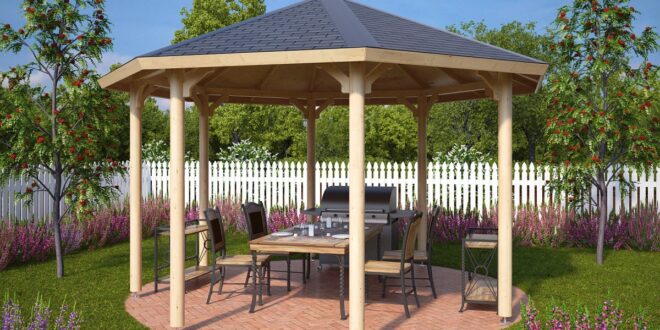Nothing beats the fun that summer brings! When the weather is fine and there’s no sign of a downpour, people can be out and about, enjoying fun activities with the scenic outdoors as a backdrop. Then again, making the most of the season does not always mean heading to the beach or the countryside. You can enjoy fun summer times without leaving the house as long as you have a suitable structure that will cater to the countless adventures that abound.
So, what’s that structure for you — a wooden gazebo, a pergola, or a summer house?
Before discussing the difference between the three, you should first learn the factors that may influence your choice.
Does your garden space allow for a built structure?
It all boils down to the amount of yard space you can dedicate to the extended living area you are planning to use for your precious bonding times with the family. Gazebos and pergolas may stand even in limited floor space, but you need a significant area to build a summer house.
Before you decide, you must also evaluate the floor area in your yard. That could help you determine what would work and what would not.
What’s the design that works best with your family’s lifestyle?
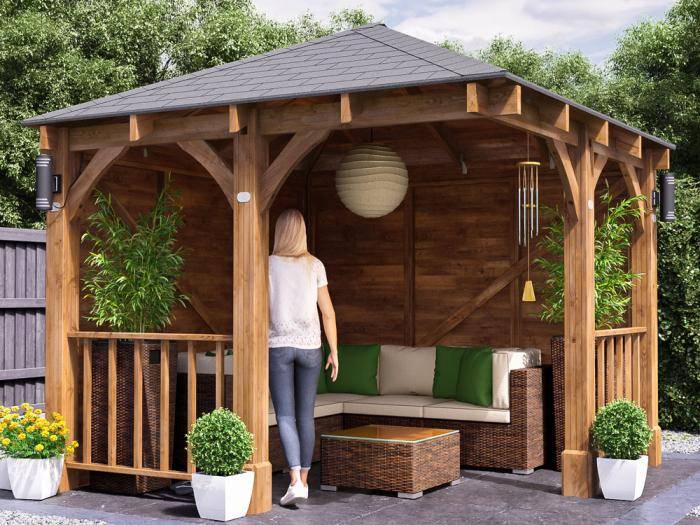
Gazebos, pergolas, and summer houses work differently. A gazebo creates a full structure with a pitched roof to keep the occupants protected from the summer glare, but the walls are usually an open layout to let them enjoy the natural breeze still. This is perfect for families who like being out and about but do not fancy soaking up the sun. A pavilion will give them some form of protection to lounge around with a roof on their heads.
A pergola, meanwhile, is a wooden structure with crossbeams that are usually populated with veins and climbing plants to create shade. It is not much, but it is more than enough for some visual interest that could impress your guests. Just like with gazebos, pergolas may come in different styles and designs to match whatever available space you have on your property. Some would look like just an arch to introduce you to the charming garden, while others could be a tunnel of shade where you can sit or stroll around, protected against the sunlight.
A summer house, as its name implies, is a whole structure with a roof, sides, and an entry door. It allows countless possibilities when it’s too hot and humid or even when it is raining cats and dogs. You can build summer houses in many ways to match the needs and preferences of the family. Overlap ship lad cladding is perhaps the strongest option, whereas if you want the more rustic feel of log lap cladding, click here for the best quality materials to help build your summer house. Either way, it will allow you lots of relaxing moments outdoors.
Pros and cons of a gazebo
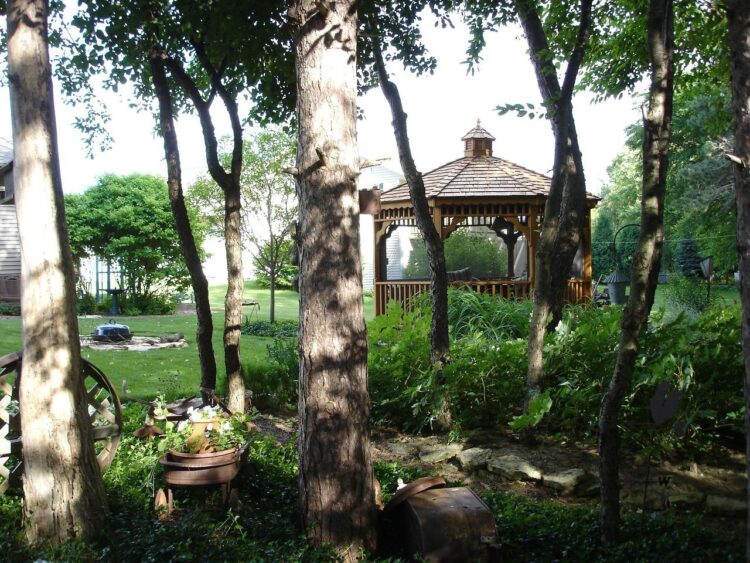
A gazebo offers much shelter and shade, but it is not entirely enclosed. It may have a roof but none to a few side panels. Some gazebo designs have a trellis paneling, which inspires plants to grow up and around the structure, making it look like the shade was born out of the plants. However, that also means additional pruning tasks because plants tend to get overgrown.
As a more elaborate structure, it is far more challenging to take on building a gazebo DIY style. You either need to get a ready-made frame that will fit into your space or have someone build it from the ground up. Whichever you choose, it is important to choose a gazebo that works well with your garden style.
Pros and cons of a pergola
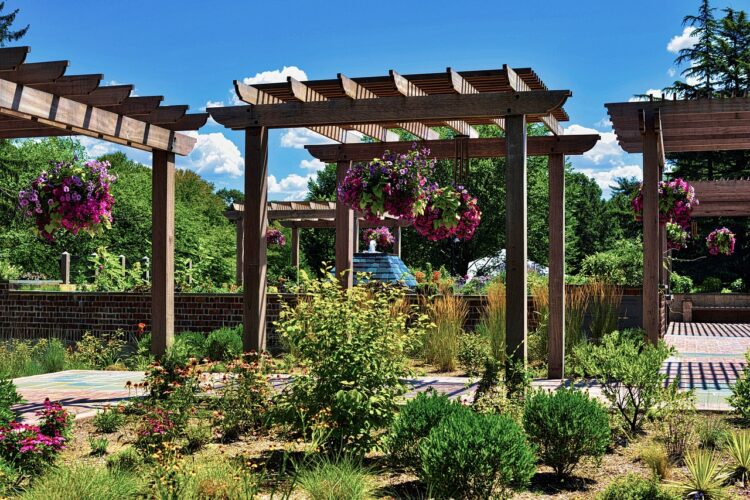
A pergola is simple and chic. It is an open structure primarily characterized by vertical posts and horizontal beams, forming a canopy. If you have a space big enough, you can place a seating area or a couple of benches underneath a pergola. However, since the pergola is more open and exposed, you cannot enjoy it fully when the sun is too hot.
Pros and cons of a summer house
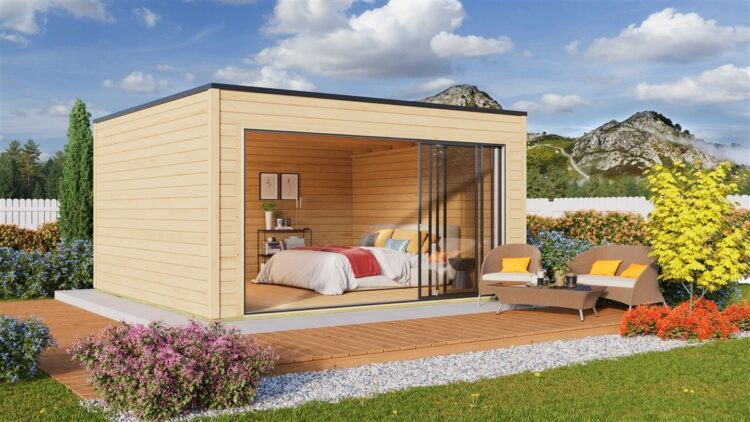
A fully enclosed garden shed is the best choice you have if you can afford it. You can enjoy it all season, regardless of whether the sun is out or rain or ice is pouring like crazy. A summer house can provide much shelter and shade, keeping you covered not just from above like a gazebo but all around because it has full side panels and an entry door. You can decorate it according to your family’s brand of fun. You can even turn it into a game room or make it look like more of an extension of your living room. You can enjoy it all day and all night for the entire year — anytime you want to be close to nature as you do just about anything, from lounging around, reading a book, or even working on some school or office tasks. But such coverage comes with a price. A summer house requires more floor area than a gazebo or a pergola. It also makes for a more extensive investment, money-wise. This substantial wood building would make for a charming focal point in the garden and create a usable space for you and your family, but it also comes with a price, a hefty one at that.
So, which one should it be?
Any of the three — gazebo, pergola, and summer house — would make an excellent addition to highlighting your garden and its beauty, especially when summer comes. To choose the best timber structure for your property, ensure that you evaluate your space, including its size and layout. Then, think about what you need the structure for. If you have the area and the money to spend, it could be ideal to build a summer house. It provides a home extension of your dreams, where you can be closer to nature.
 Hi Boox Popular Magazine 2024
Hi Boox Popular Magazine 2024
